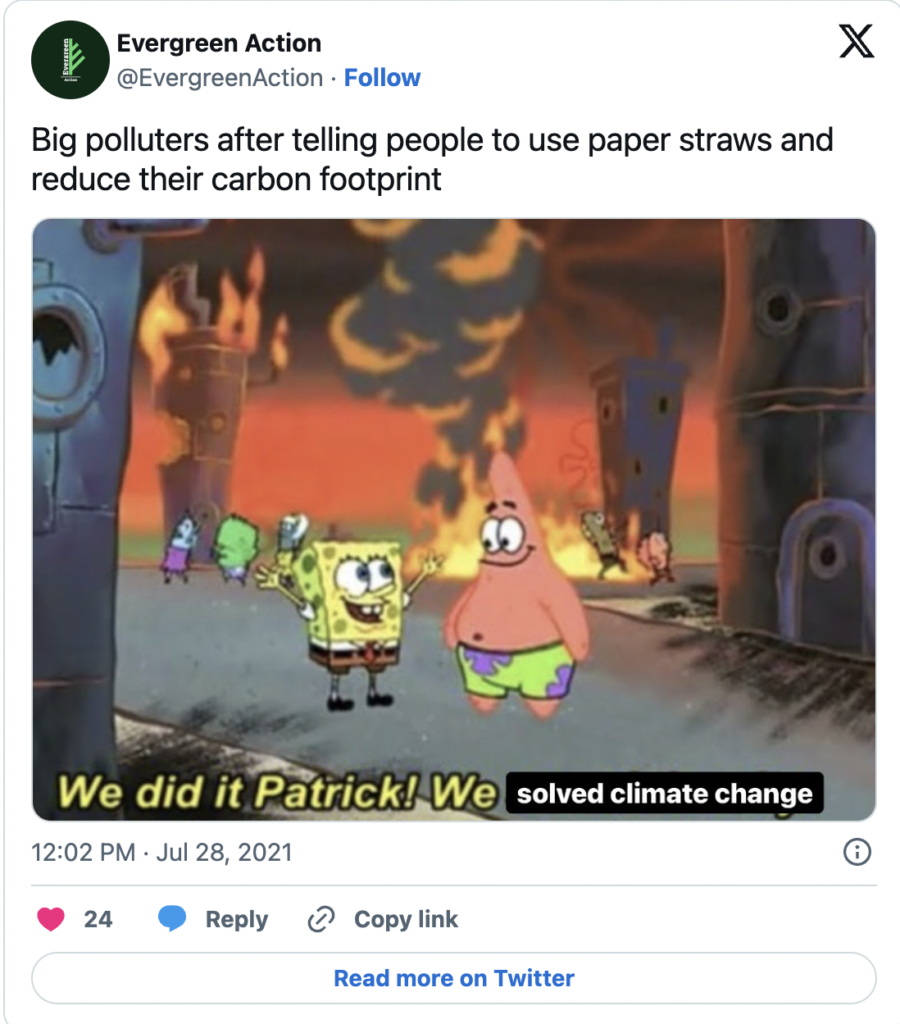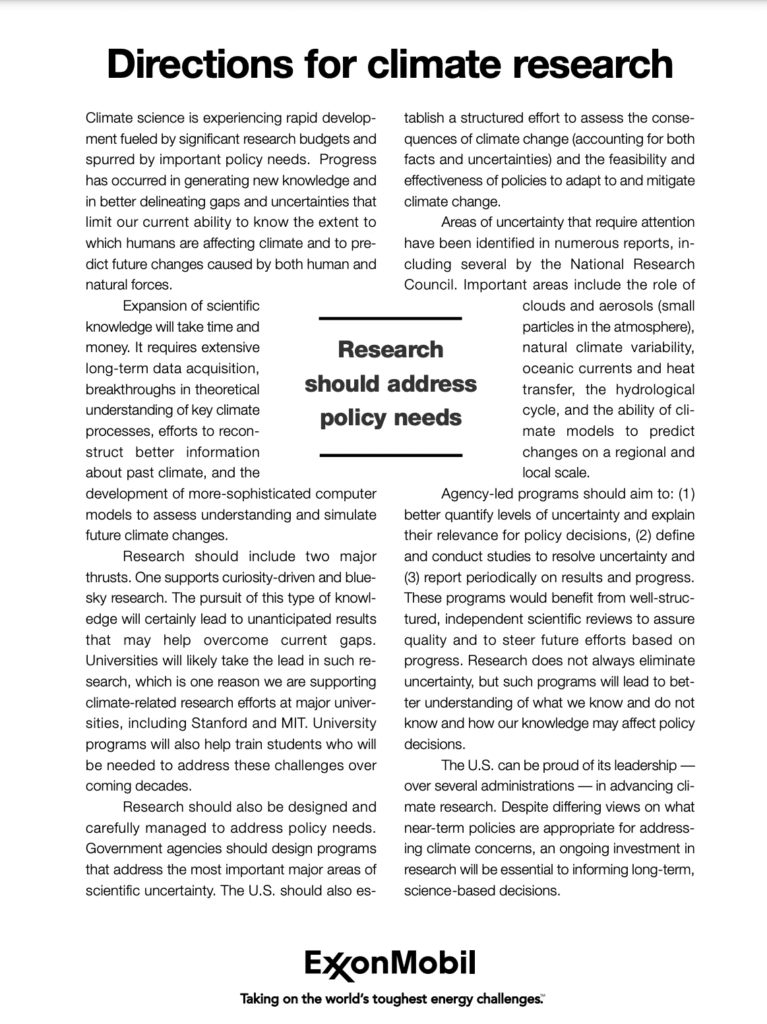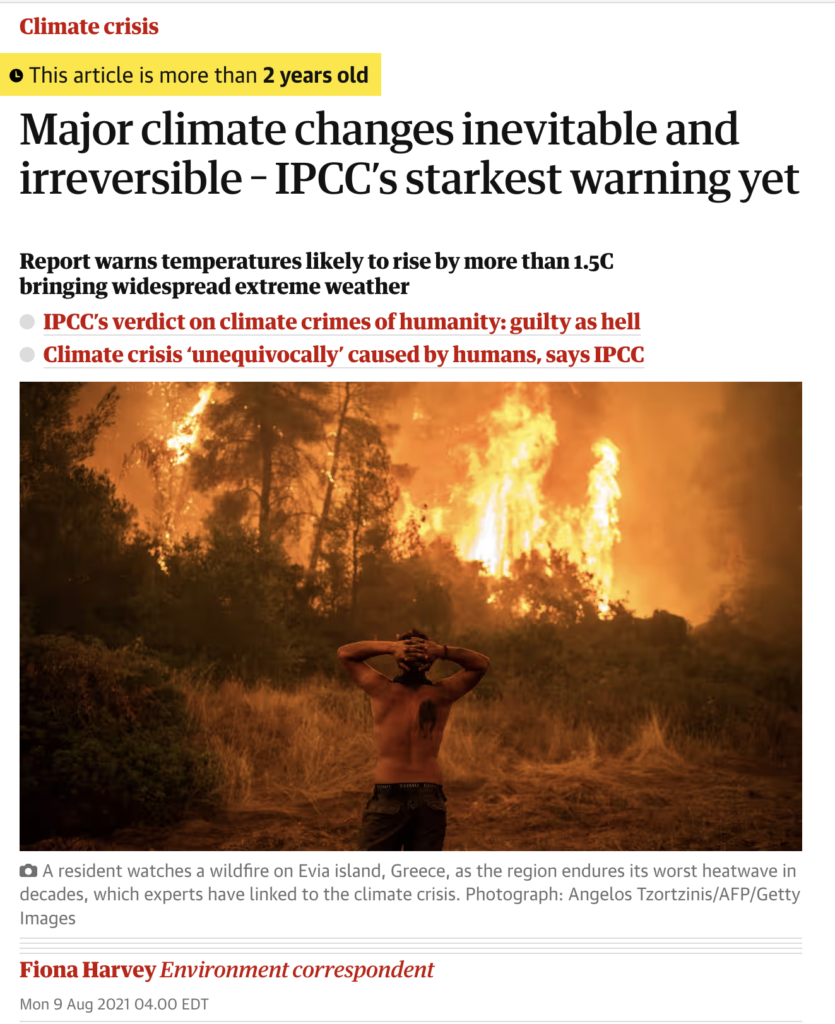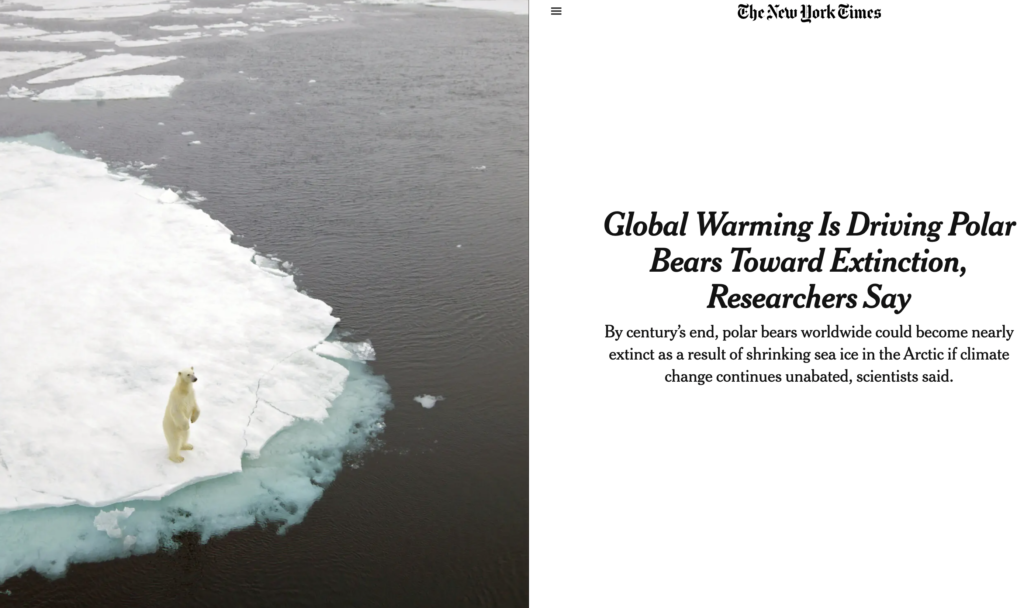Hey there, readers! Let’s dive deep into a topic that’s been heating up our news feeds and our planet: global warming. If you’ve felt summers getting hotter or winters becoming milder, you’re not just imagining things. Global warming is one of those topics that gets people fired up, and yet, despite overwhelming scientific evidence, we can’t seem to all agree on what’s happening and what to do about it.
Let’s get into it!
The Background Story
Global warming refers to the long-term increase in Earth’s average surface temperature. This rise is majorly due to human activities like burning fossil fuels (oil, coal, and natural gas), deforestation, and industrial processes. These activities release tons of greenhouse gases into the atmosphere, primarily carbon dioxide (CO2), which traps heat, making the planet warmer.
How Did We Get Here?
If you’re wondering how this became controversial, you’re not alone. Science overwhelmingly supports the fact that human activity is a significant contributor to global warming. However, over the years, vested interests (like major fossil fuel companies) and political agendas have caused debate. There have been efforts to downplay the human role in global warming or question the severity of its impacts. The topic is super controversial because while almost all scientists agree it’s happening and that humans are contributing to it, there’s a vocal minority, often politically driven, that’s like, “Nah, it’s a hoax.” The controversy really heated up in the ’90s and early 2000s when debates about the Kyoto Protocol and similar international agreements brought the issue into the political arena.
Sneaky Persuasion Tactics
The global warming debate is filled with different persuasion tactics:
- Misdirection: Some detractors focus on short-term cooling periods or localized weather incidents to suggest global warming isn’t a thing.

- Questioning the Experts: By casting doubt on the credibility of scientists and experts, some critics try to weaken the strength of evidence presented. Pew Research center says “trust in climate scientists is low among Republicans; considerably higher among liberal Democrats.”

- Scare Tactics: On the flip side, some environmental advocates can go overboard with doomsday scenarios to shake people into action.

- Appeal to Emotion: Both sides employ emotional stories—whether it’s about polar bears losing their icy homes or workers losing their jobs in coal mines.

- Celebrity Endorsements: Everyone from Leonardo DiCaprio to Elon Musk has weighed in on the issue, but just because someone’s famous doesn’t mean they’re an expert, right?
Is There a Middle Ground?
While most scientists agree that global warming is a thing and we’re causing it, public opinion is still split. And even among those who agree it is real, there’s disagreement on how to tackle it. But there’s growing acceptance, especially among younger generations, that global warming is real and we’ve got to do something about it. Solutions like renewable energy sources, reforestation projects, and sustainable practices are gaining traction. However, a universal agreement on the cause and extent of global warming is still up in the air, largely due to political divisions and vested interests.
